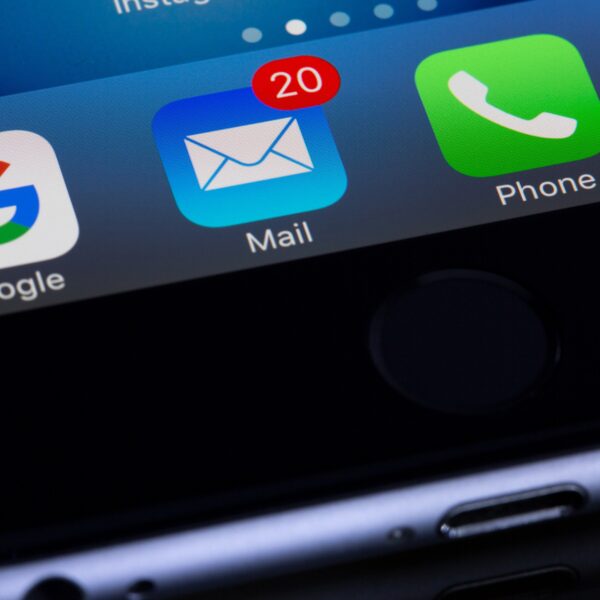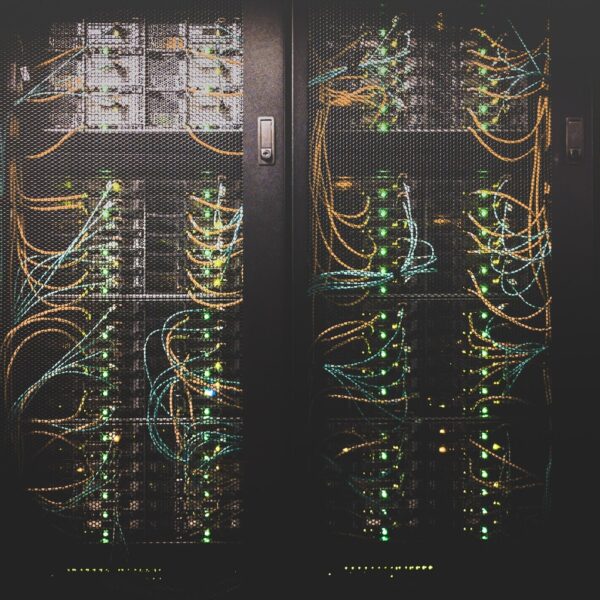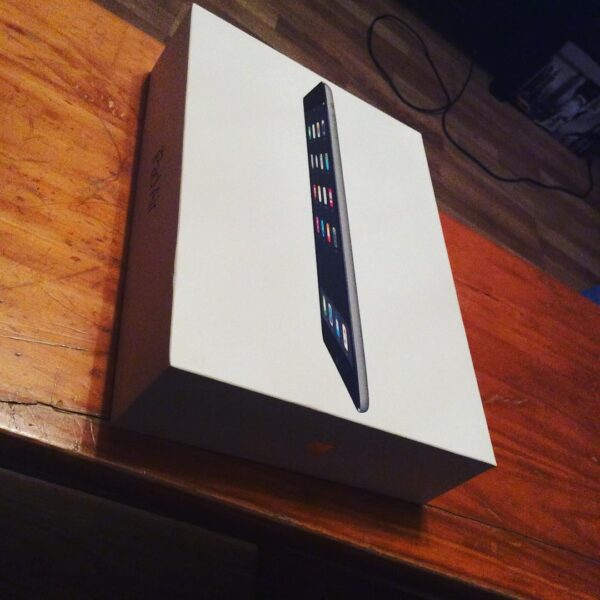I’m a photography enthusiast. I like to travel to different countries and take pictures with my camera. I record everything that interests to me, including delicious food, beautiful scenery, and my family and friends. As for me, taking photos plays an important role in my daily life because photos can help me capture the moments I always want to remember.
Last week, I went to the countryside for a picnic with my family, and we took many photos together. When I went home, I couldn’t wait to get out my SD card and upload my photos because I wanted to post the pictures I had taken with my family on social media. To my disappointment, I found that the photos stored on the SD card had been lost after I used an SD card reader to connect it to my Mac. I felt very upset about it, and I was afraid I wouldn’t be able to retrieve the lost pictures. Therefore, I decided to make an effort to get the photos back by myself.
I ejected my SD card and checked that there was no physical damage to it. After the inspection, the SD card appeared to be fine. I guessed that some logical damages caused my photo loss, so I searched for Mac data recovery software on Google and randomly chose iBoysoft Data Recovery for Mac from recommended products to implement Mac data recovery. I viewed the overview page of this photo recovery software and downloaded the free edition.
After I downloaded and installed iBoysoft Data Recovery for Mac on my Mac computer, I connected my SD card to my Mac with an SD card reader and launched this Mac data recovery software. Then I selected the SD card from the listed drives on the software interface. Next, I started to scan my lost data by clicking the Scan button. I saw there was a Deep scan option on the interface, but I didn’t know what it was designed for. So, I unchecked this option to scan my lost photos. After the scanning was done, my lost photos were not presented in the scanning results. I went back to the previous step and checked the Deep scan option. Finally, I previewed the scanning results before data recovery. Luckily, all the lost photos were recovered.
After the photo recovery, I wanted to repair my SD card errors with the First Aid option in Disk Utility, but a pop-up message showed that First Aid couldn’t repair the disk after the reparation process was completed. I failed to rescue my SD card through First Aid. I had no choice but to format my SD card for later use. I backed up all the files on this SD card and formatted it with the help of Disk Utility. First, I made sure that my SD card was connecting with my Mac via a safe SD card reader. Second, I went to Launchpad > Other > Disk Utility and selected my SD card as the target disk. Thirdly, I clicked the Erase button. I entered ‘My Favorites’ as the disk name, chose a Format and a Scheme, and then click the Erase button. I was then able to insert the SD card into my digital camera and take more photos with my family.
Thanks to this versatile photo recovery utility released by iBoysoft, in now have the ability to save any photos I take. iBoysoft Data Recovery for Mac made a good impression on me for its security performance, high recovery rate, and high efficiency. If you want to get your lost or deleted photos back, just try iBoysoft data recovery software.
Image Credits: Tom Pumford




Like this article? Share with your friends!